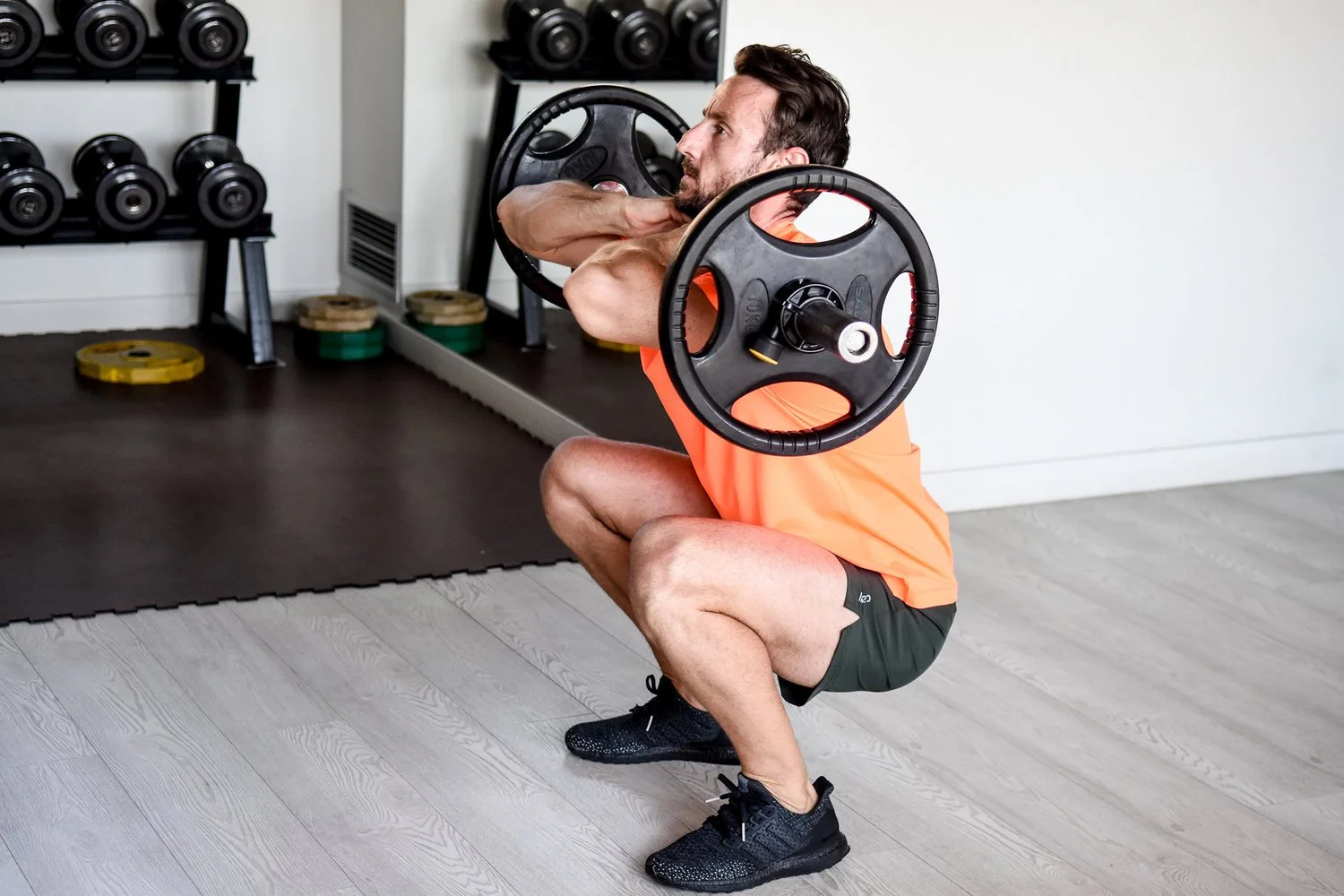10 Tips on how to avoid injury when exercising
By Martin Ebner
There is nothing more frustrating or disheartening than picking up a needless injury when exercising. They hurt, they're uncomfortable and they can be detrimental to you reaching your health and fitness goals.
Thankfully most injuries can be avoided by following these 10 steps.
1. Talk to your doctor before beginning an exercise program
It's always a good idea to get a full medical check-up with your local doctor before beginning any sort of workout plan. Your doctor will be able to determine whether or not you're healthy enough to start an exercise plan and if any modifications or caution should be taken when planning your workouts.
2. Warm up
Throwing yourself into an intense workout with warming up first is a very dangerous move. Cold muscles are much more injury-prone so make sure you have a good dynamic warmup that mimics the movements you'll make during your workout but at a lower intensity. Once you feel properly warmed up, you can get into the higher intensity work.
3. Learn correct technique
I know I bang on about it non stop but quality over quantity when it comes to exercise is a great motto. Not only do you drastically reduce your risk of injury, your results can improve massively.
Playing loose and lifting heavy when a.) you don't know what you're doing or b.) don't yet have the muscle strength to support the loads can very quickly lead to a nasty injury.
If you're even unsure of what you're doing, don't be afraid to ask or seek help from a personal trainer at your gym.
4. Stop doing exercises that don't feel right
For every exercise that doesn't feel right, there are a dozen that will.
If despite your best efforts to learn proper technique, a particular exercise still doesn't feel right, replace it with one that does. We're all built slightly differently and just because one exercise suits somebody else, doesn't mean it will necessarily suit you.
That said, just because you don't take to an exercise initially, doesn't mean that you can't come back to it at a later date - especially if it's one that you'd really like to master. Most exercises require strength in certain areas that you might not yet have. Identify the weakness, work on it and come back and try again when you're ready.
Related article - 8 exercises to avoid at the gym and what to do instead
5. Start slowly and build up gradually
I get a lot of new clients that want to go all out despite either returning to exercise after a long break or not having exercised at all. This amount of strain can shock the body which of course can lead to a host of different injuries.
Try to be realistic and understand that it's not a race. By slowly building up both exercise frequency and intensity, you'll not only reduce your risk of injury, you'll also improve your chances of making exercise part of your daily routine.
Related article: why a slow and steady approach to exercise always wins.
6. Get the right gear
Coming from someone who at a young age choose fashion over comfort when running, I can tell you from experience that the right gear can make all the difference to not only your technique, comfort and performance but can drastically reduce your risk of injury.
Most brands now offer a wide variety of different shoes and products for every activity, body type, stride pattern, foot shapes etc so make sure to ask a staff member for help and product details next time you’re shopping for workout gear.
7. Stay hydrated
When you workout, you sweat (or at least you should) and that means losing essential fluids and electrolytes required for your muscles to function properly. Just slight dehydration can lead to strains, cramps and spasms when working out.
Make sure to hydrate before, during and after exercise and try to avoid a heavy night before a workout.
8. Get a massage
For every 5-10 hours of exercise, get a massage! Primarily because it feels amazing and you're worth it, but also because it allows your muscles to relax and improves circulation which can help reduce your injury risk when exercising.
If massages are a little too pricey, self massage and foam roller exercises can also have a similar effect.
9. Learn when to stop - listen to your body
Forget the expression no pain no gain. It's not true. Yes you should experience some discomfort when you exercise but pain is your body warning you that something isn't right. If you continue to ignore it, you put yourself at risk of a serious injury.
If you do experience abnormal pain, extreme dizziness, shortness of breath or chest pain, stop what the doing immediately and seek medical advice if it doesn't quickly alleviate.
10. Rest
If you're sore, tired and starting to lose enthusiasm for your workouts all-together, it's possible that you're overdoing it. By not allowing yourself sufficient rest between workouts you not only run the risk of sabotaging your results, it may also lead to an overuse injury and/or burnout. Neither of which are any fun!
To avoid overtraining, I recommend allowing at least 24 hours between big workouts and taking a deload week (a week in which you take things easier by lifting lighter weights or reducing your training volume) every 8 weeks or so.
Related article - How to build a successful workout plan



